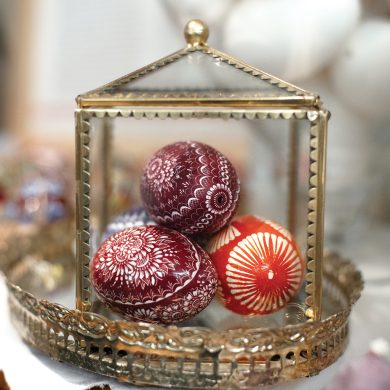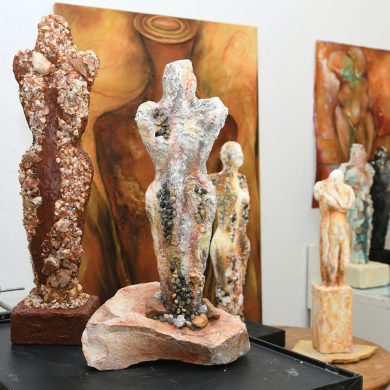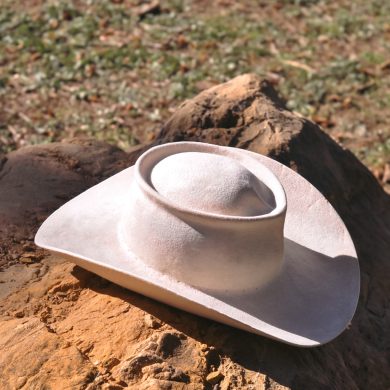In a peaceful, sylvan corner of the UK lies a cottage in which a little bit of magic is being spun. Textile artist Amanda Cobbett draws inspiration from her surroundings in the ancient Surrey Hills to create intricately woven textile sculptures of fungi, moss, lichen and bark, capturing the beauty and diversity found in the understory of the forest floor.
To access this post, you must purchase Women Create Membership.







